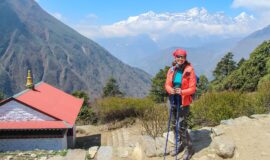To their modern day heirs, it is evident that the Mughal emperors based their culture on the moral codes of the Persians. We also know that they established and built up their dynasty to unequalled heights and their great love of gardens can be seen all over India. This affinity with gardens dates back to the first Mughal Emperor, Babur. Living in Hindustan, he yearned back to the tranquil waterways and colourful flower beds of his beloved native Kabul. For him, Hindustan was a place ‘without ice or cold water’ and with ‘too much earth and swirling dust’. When Humayun and Haji Begum, his son and daughter-in-law returned from their five-year exile in Persia, they told of the beautiful geometrically laid out gardens of central Asia where water played a vital role in bringing life to the dessert. They brought with them scores of poets, Persian artisans and architects. This lead to the interesting mixture of Persian and Indian architecture which culminated in the exquisite Taj Mahal in Agra. All this can be seen in the tomb of Humayun, constructed from 1565 to 1566, and the first Mughal mausoleum to be surrounded by beautiful designed gardens.What follows is a photo essay to highlight the Humayun’s Tomb Complex in all its splendour, during different times of the day with changing colors and light.
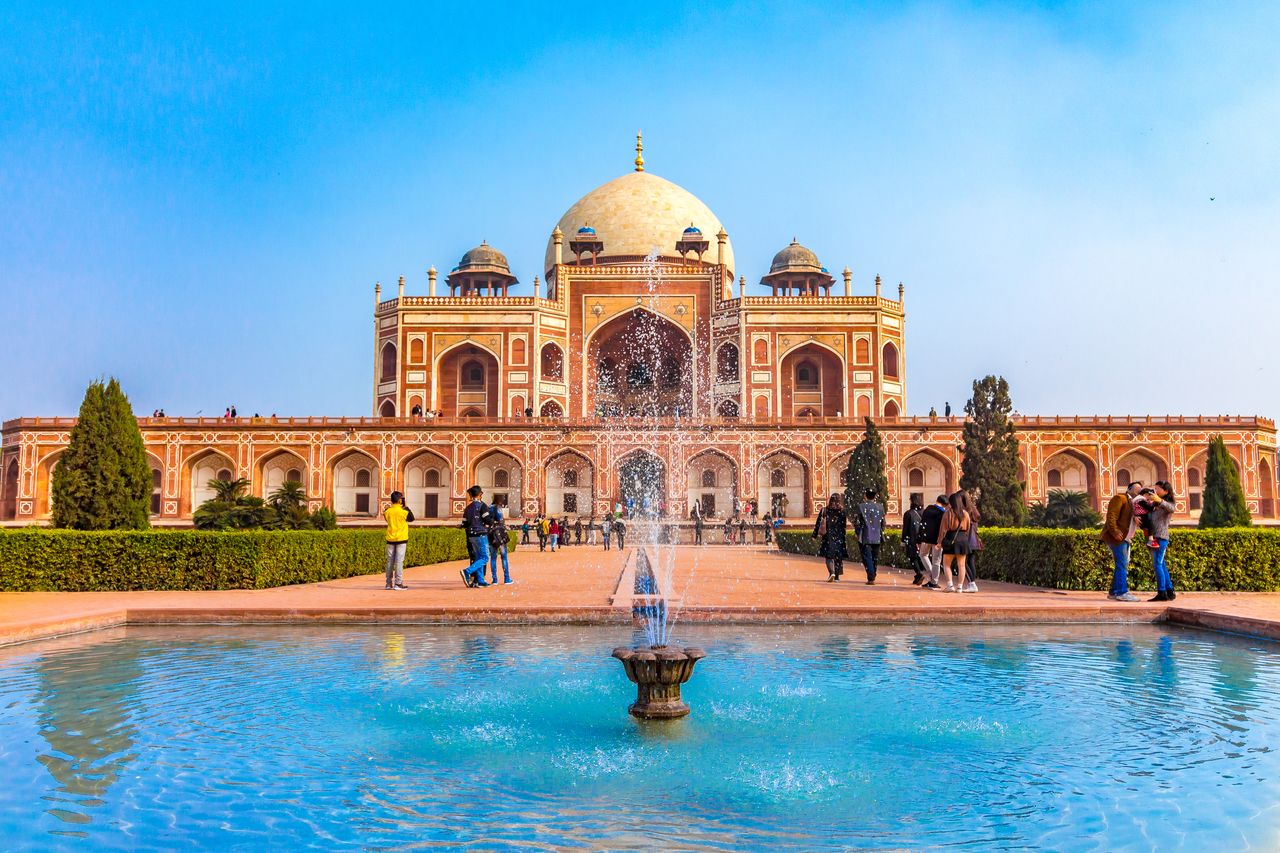
Humayun’s first wife, Bega Begum wanted his mausoleum to be a visible reflection of the aesthetics of the Quran, surrounded with lovely gardens in which water is the main feature. The verse from the Quran which tells of rivers flowing underneath the ‘gardens of paradise’ is symbolized in the waterways that seem to disappear under the mausoleum, only to re-emerge again on the other side. Photo © Ultimate Travel Photo / Shutterstock

During the 19th and 20th centuries the mausoleum was subjected to various kinds of abuse; immigrants invaded and established themselves in the monument and later clumsy attempts to restore it by adding layers of concrete weakened the structure and defaced it completely. The concrete was removed and replaced by traditional lime based plaster. Photo © John Edward Sache (1840-1882) – WikiCommons

After six long years of painstaking restoration, the tomb of Humayun was brought back to its former glory and today visitors can enjoy the elegant beauty of the Mughal architecture from their first glimpse through the archway. Photo © paul prescott / Shutterstock

The Aga Khan Trust employed over 600 artisans from various countries to return the monument, including gardens with many trees, paved walkways and functioning water channels to is former glory as a dream complex. Photo © Angelo Giampiccolo / Shutterstock

A distinctive feature of Humayun’s Tomb is the combination of white marble with red sandstone, an architectural harbinger of what was to follow in the Taj Mahal. The mausoleum set Mughal architecture and their way of life on a new path with increasing grandeur, culminating a century later in the great Taj Mahal. © Sarunyu L / Shutterstock

Jaali work was commonly used in Mughal architecture. Jaalis are windows of artfully crafted stone lattice work done in geometric or natural patterns. They allow light and air to enter, thus reducing the temperature inside the room, while minimizing rain and harsh sunlight. © paul prescott / Shutterstock

A constant leitmotiv in Mughal architecture is arabesque calligraphy. The blue inscription above is an especially beautiful example to which the patina of agedness only adds depth. © AnilD / Shutterstock

This photo shows how the octagonal interior structure cleverly morphs into a rounded dome. The central chamber of Humayun’s mausoleum houses the emperor’s cenotaph. Photo © Mikadun / Shutterstock

The late afternoon sun intensifies the red color of the sandstone structure. A network of narrow water channels run throughout the garden with octagonal pools reflecting the tomb at their intersections. Photo © tscreationz / Shutterstock

Strolling through the peaceful gardens of the tomb complex on a pleasant late afternoon in winter reminds the visitor that beauty is timeless, and although almost five centuries have passed since the death of Humayun, he is still remembered due to this marvellous architectural masterpiece. As tranquillity descends after a busy day at the monument, the legacy of the emperor looms in the beautiful mausoleum built to house his mortal remains. Photo © Lukas Bischoff Photograph / Shutterstock

The early morning sun lights up the mausoleum framed by the arched gateway into the Charbagh gardens surrounding the monument. Photo © paul prescott / Shutterstock

Upon entering though the arched gateway, the visitor is confronted with the splendour of the brilliant marble clad double dome crowning Humayun’s Tomb. The combination of Persian architectural elements and Mughal craftsmanship is evident. Photo © Bryan Clark

Amongst the millions of visitors the mausoleum receives annually are many school students who are eager to see their country’s history come to life and learn more about its rich culture. Photo © Don Mammoser / Shutterstock

Narrow water channels lead to the hamam or bath house at the northern side of the high rubble wall of the Char Bagh, the grand paradise garden of Humayun’s Tomb. The picture was taken from the raised square platform on which the monument sits. Photo © Matyas Rehak / Shutterstock

As the south entryway to the monument used during Mughal times has been closed permanently, visitors pass through this impressive western gateway into the gardens surrounding the mausoleum. A high rubble wall surrounds the complex. Photo © Zvonimir Atletic / Shutterstock

In sharp contrast to the magnificence of the mausoleum is the emperor’s tomb, elegant in its unostentatious simplicity. Raised from the patterned floor the white marble cenotaph is a symbol of peace for Bega Begum’s beloved spouse. However, according to an English merchant, William Finch, who paid a visit to the mausoleum in 1611, this chamber was previously richly decorated with carpets and a shamiana or canopy. The emperor’s turban and sword were also on display. On the west side of the cenotaph is the mihrab in the form of a Jaali in stone. Light shining from the direction of Mecca through the lattice symbolizes the great ruler’s elevated power and authority over his rivals. © travelview / Shutterstock

The mausoleum structure consists of a total of 124 vaulted chambers of various sizes where other members of the royal family are entombed. The picture shows the beautifully decorated ceiling of the entrance chamber. © Mikadun / Shutterstock

It is not surprising that the mausoleum is also referred to as the Dormitory of the Mughals; up to 150 members of the Mughal family and nobility are interned inside its walls. Numerous lesser tombs, like the ones depicted here, are uninscribed and therefore unidentified and untouched in their tranquillity. © online.eric / Shutterstock

The double storied west gate is now used as the main entrance to Humayun’s mausoleum and stands on an elevated square platform. © paul prescott / Shutterstock

The main building in the Humayun’s Tomb Complex is a study in symmetry. The structure sits on a raised platform and is built of rubble masonry and red sandstone with white marble cladding. © SHAILENDRA PRAKASH ASHISH / Shutterstock

Water features are an essential element in the gardens of the mausoleum. The large square water tank captures the serenity of the tomb building in its reflection on a clear sunlit day. © / Shutterstock

The ambience of the landscape is cleverly maintained through the use of red sandstone for all signposts throughout the complex. This initiative of the Aga Khan Foundation and the ASI, the Archaeological Survey of India ensures that visitors are guided through this historical site by signs which blend in well with the materials used in the structure. © Anton_Ivanov / Shutterstock
Other Heritage Buildings Found in the Humayun’s Tomb Complex

Amongst the numerous other tombs found in the Humayun Tomb Complex is that of Isa Khan Niazi, built more than a decade before the rest of the monument during the nobleman’s lifetime. What makes this structure significant is the fact that India’s oldest sunken garden attached to a tomb was discovered during restoration work done in 2011. .© Roop Dey / Shutterstock

The arched wall leading to the tomb of an Afghan nobleman, Isa Khan Niazi buried in the Humayun’s Tomb Complex. He served in the court of Shaha Suri of the Suri dynasty. © AmitKg / Shutterstock

The main dome and blue tiled chattris of Isa Khan’s ancient tomb can be seen as one approaches the main entrance to Humayun’s Mausoleum. The entire complex is protected by a high rubble wall. © Fringe78 / Shutterstock

Visitors to the tomb of Isa Khan cannot help but being transported back in time to an era long gone. This structure closely resembles the octagonal tombs found in Delhi’s Lodhi Gardens and elsewhere in India, built by the Lodhi and Suri dynasties during their reign in the 1400’s and 1500’s. © ankit3j / Shutterstock

Isa Khan’s red sandstone tomb stands on a low plinth and the octagonal main chamber is surrounded by a veranda with three arches on each of the eight sides. © Saurav022 / Shutterstock

Inside the main burial chamber Isa Khan lies interned with the rest of his family in a total of six cenotaphs, two large and four smaller ones. © Matyas Rehak / Shutterstock

The large garden with plenty of trees at Humayun’s Tomb draws an abundance of birdlife to this and other heritage sites in Delhi. Here a black kite, a medium sized bird of prey, sits regally in the early morning light. © Dilchaspiyaan / Shutterstock

Restoration work on Humayun’s Tomb, like many of Delhi’s heritage buildings is an uninterrupted, ongoing process and only the best artisans and laborers are employed for this meticulous task to preserve the city’s treasures for generations to come. Photo © AJP / Shutterstock

A woman is lost in thought as she goes about her task of removing weeds from the garden in the Humayun’s Tomb Complex. Female gardeners are often employed for such low risk, undemanding work at monuments in India. Photo © CatchaSnap / Shutterstock

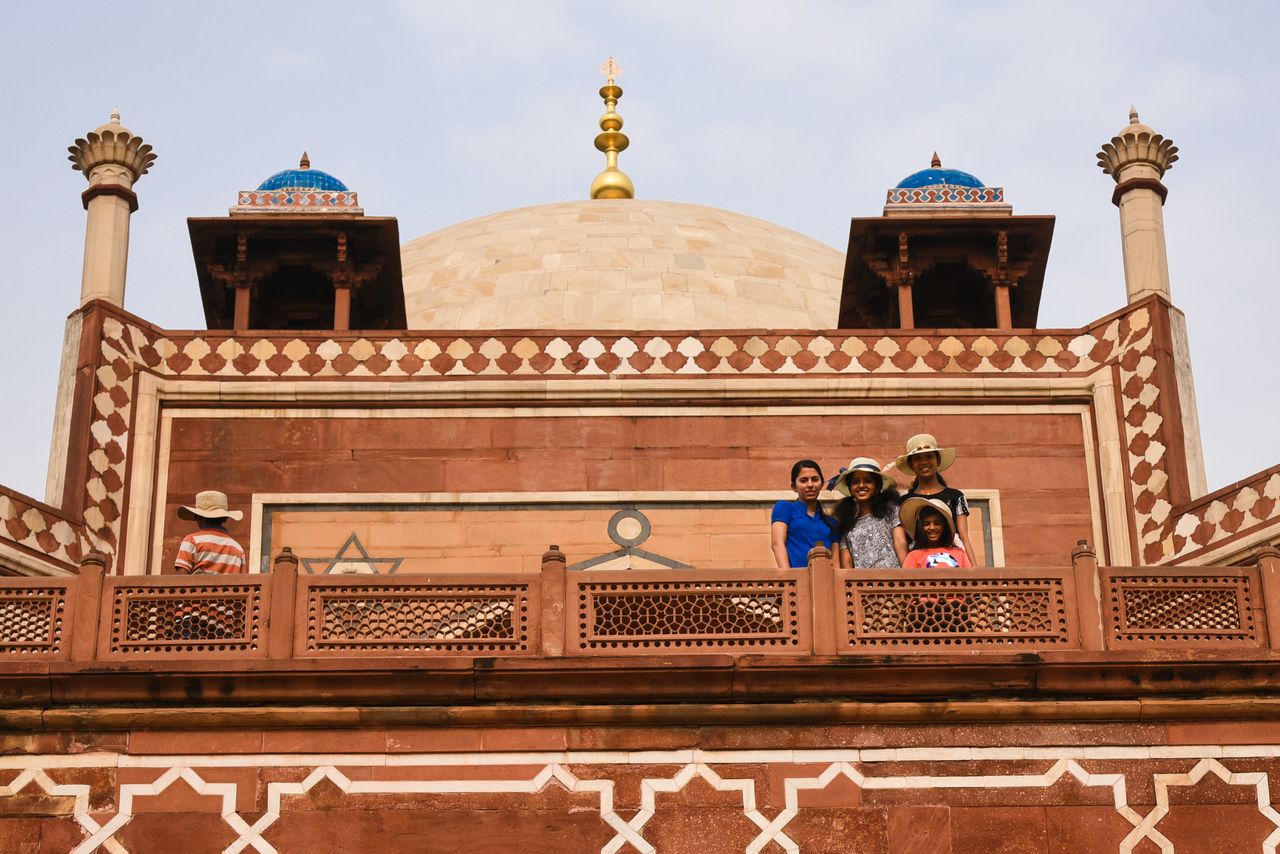
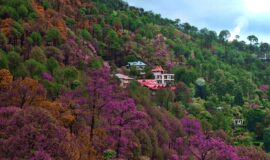
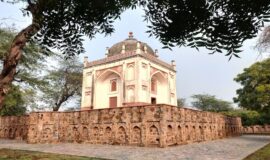





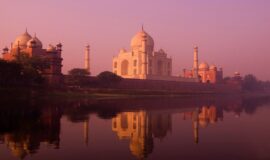
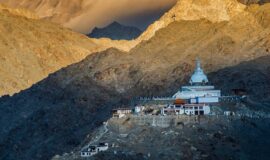




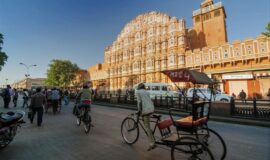
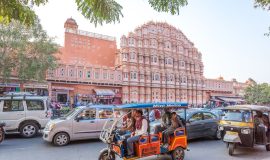




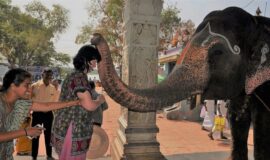
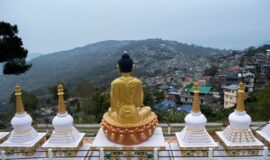
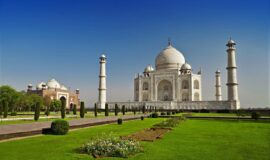



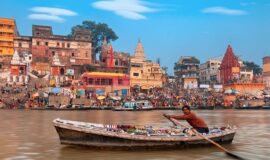









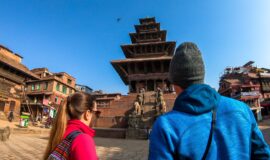


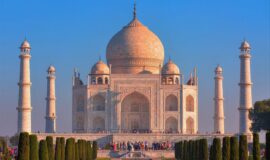
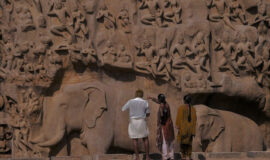


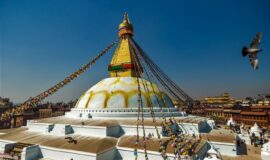
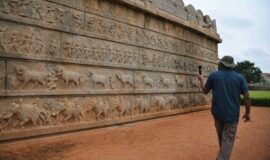






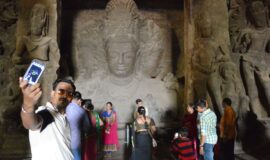
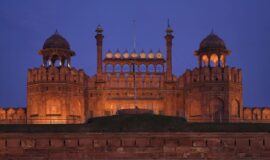


![Golden Triangle Tour with Goa [Culture + Beach Vacation] (12 days) Golden Triangle Tour with Goa [Culture + Beach Vacation] (12 days)](https://www.vacationindia.com/wp-content/uploads/2022/06/golden-triangle-tour-with-beach-vacation-270x160.jpg)

